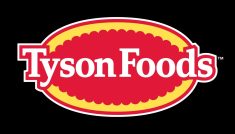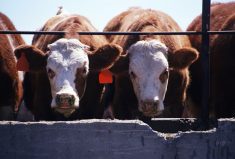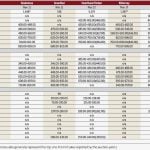Buyers are starting to step forward more aggressively for replacement cattle as auction market volumes increase in line with the seasonal tendency.
The market is realizing buying interest from the small-farmer backgrounding operator; major feedlot operators continue to be stepping forward despite higher barley prices. Cash barley bids reached $280 per tonne last week, up $4 per tonne from seven days earlier; however, April live cattle futures are flirting with contract highs.
The fed cattle market for next spring appears to be incorporating a risk premium due to the uncertainty in spring beef production which has enhanced prices for nearby feeder cattle.
Read Also

U.S. grains: Soybeans mixed on doubts over Chinese demand
U.S. soybean futures were mixed at Friday’s close at the end of a see-saw week during which Chinese purchases of U.S. supplies pushed prices to a 17-month high before doubts about whether China would sustain such buying punctured the rally.
Feeder cattle prices were quite uneven last week with prices noted $4 per hundredweight (cwt) lower to $3/cwt higher depending on location. A small group of Simmental steers weighing 770 pounds sold for $136/cwt in central Alberta. Top-quality silver steers weighing just over 700 lbs. were quoted at $142/cwt in southern Alberta which was considered good value. A small group of black large-frame steers weighing 546 lbs. sold for $143 in the Edmonton area. Feedlot margins are struggling with fed cattle priced at $108 in Alberta.
The U.S. Department of Agriculture’s on-feed report caught the beef industry by surprise with September placements down 19 per cent from last year. This lower number comes on the heels of a 10 per cent year-over-year decline in August placements. Year-to-date Canadian feeder cattle exports to the U.S. are up sharply which has underpinned prices in Saskatchewan and Manitoba. Lower placements are causing deferred live cattle futures to strengthen and feedlot operators are anticipating higher fed prices in March and April.
I’ve had many inquiries from cow-calf producers regarding the outlook for next fall. A large increase in U.S. corn production next year will cause feedgrain prices to move sharply lower. Therefore, buying bred heifers or top-quality cows may be the opportunity for longer-term financial gains. The feeder cattle market needs to encourage expansion and two consecutive drought years in the U.S. have caused counter-cyclical herd contraction.














